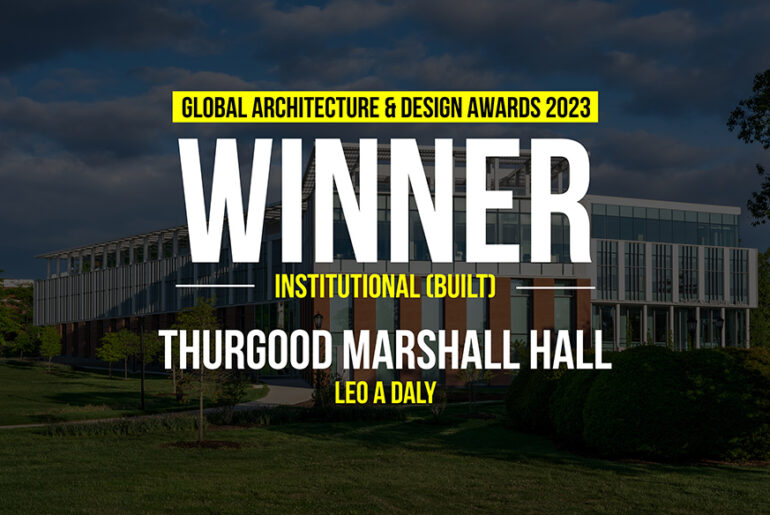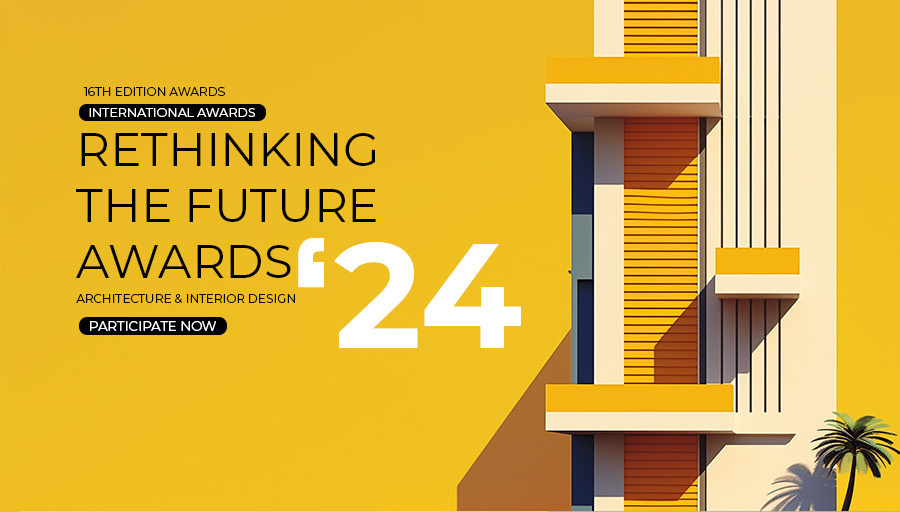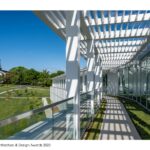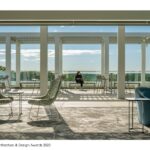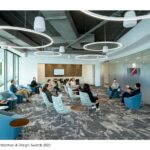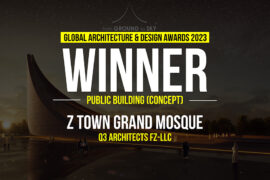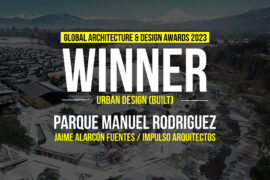The School of Public Policy advances the University of Maryland’s vision of becoming “The world’s first Do Good Campus.” The design establishes a magnet for public discourse, housing graduate and undergraduate degree programs as well as the Do Good Institute, a hub for social innovation and nonprofit leadership.
Global Design & Architecture Design Awards 2023
First Award | Industrial (Built)
Project Name: Thurgood Marshall Hall
Category: Institutional (Built)
Studio Name: LEO A DALY
Design Team: Rauzia Ally, Principal-in-Charge
Irena Savakova, Global Design Prinicipal
Andrew Graham, Project Architect
Anya Grant, Project Manager
Shanshan Yin, Designer
Area: 69,700 GSF
Year: 2022
Location: College Park, Maryland USA
Consultants: Landscape Architect: Floura Teeter Landscape Architects
Civil: A. Morton Thomas & Associates
Structural Engineer: Hope Furrer Associates
MEP Engineer: Affiliated Engineers Inc./WFT Engineering, Inc.
Sustainability Consultant: Doo Consulting
Interior Design: LEO DALY
Facade Consultant: WSP USA Inc.
Lighting Designer MCLA Architectural Lighting Design
AV/IT/Telecom/Acoustics Consultant / Engineer: NV5
Security: Spexsys
Photography Credits: Ron Blunt Photography
Render Credits: LEO A DALY
Other Credits: General Contractor: J. Vinton Schafer Construction, LLC
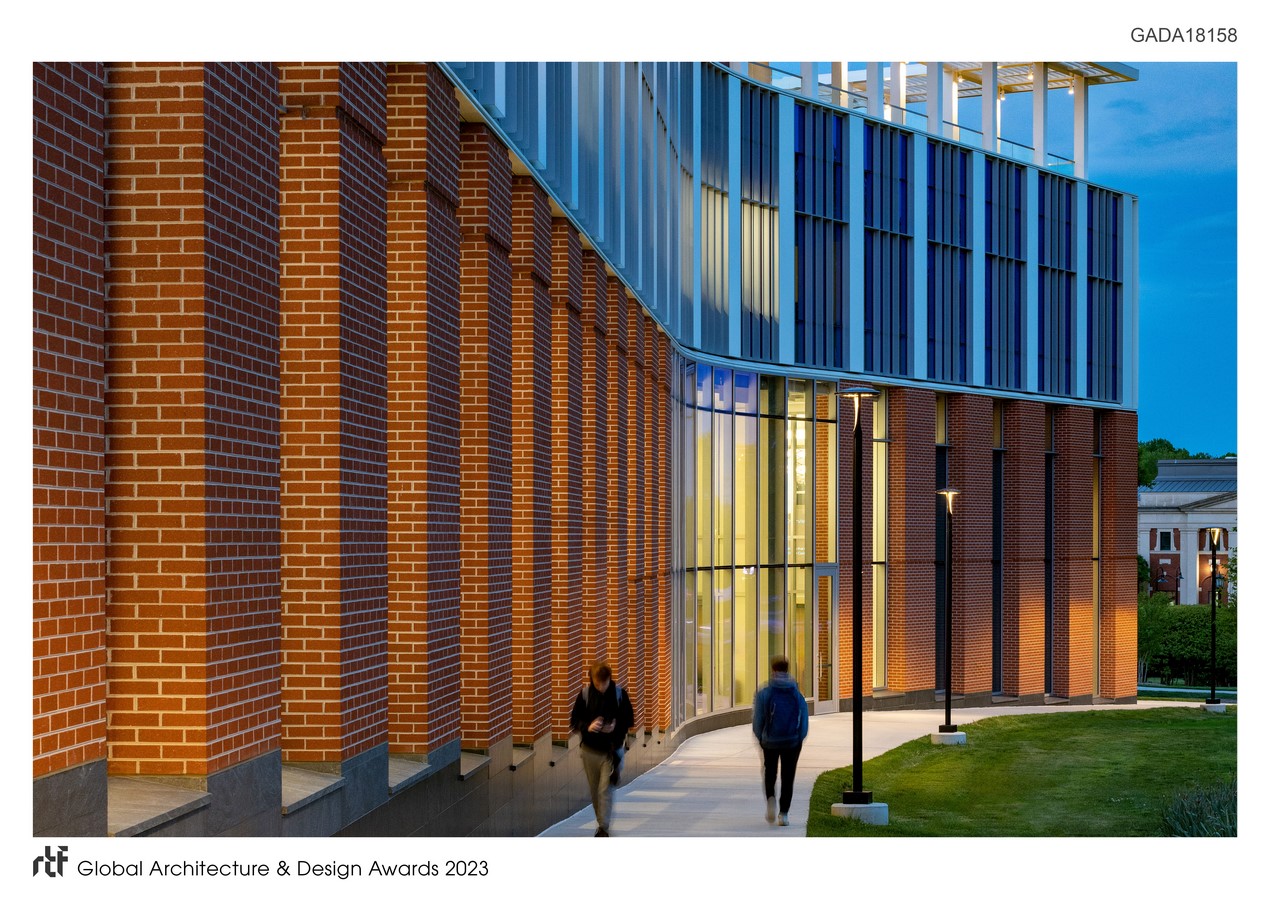
The design is rooted in the spatial typology of the ancient Agora. The cascading form follows the natural slope of Chapel Field, forming an edge to one of the signature open spaces on campus and shaping a carefully orchestrated sequence of interior spaces. Five instructional rooms, a library, a U.N.-inspired deliberative classroom and a rooftop terrace inhabit the Georgian-inspired envelope.
The façade of the School of Public Policy blends contemporary expressions of openness and transparency with materials and rhythmic elements found in the adjacent Georgian-inspired campus buildings. Going beyond the immediate examples found on campus, we explored the fundamentals of Georgian architecture in both their original and modern interpretations. This led to an emphasis on depth and shadow, and a lacier and more delicate rendition of the rhythmic cadence of the established colonnades on campus.
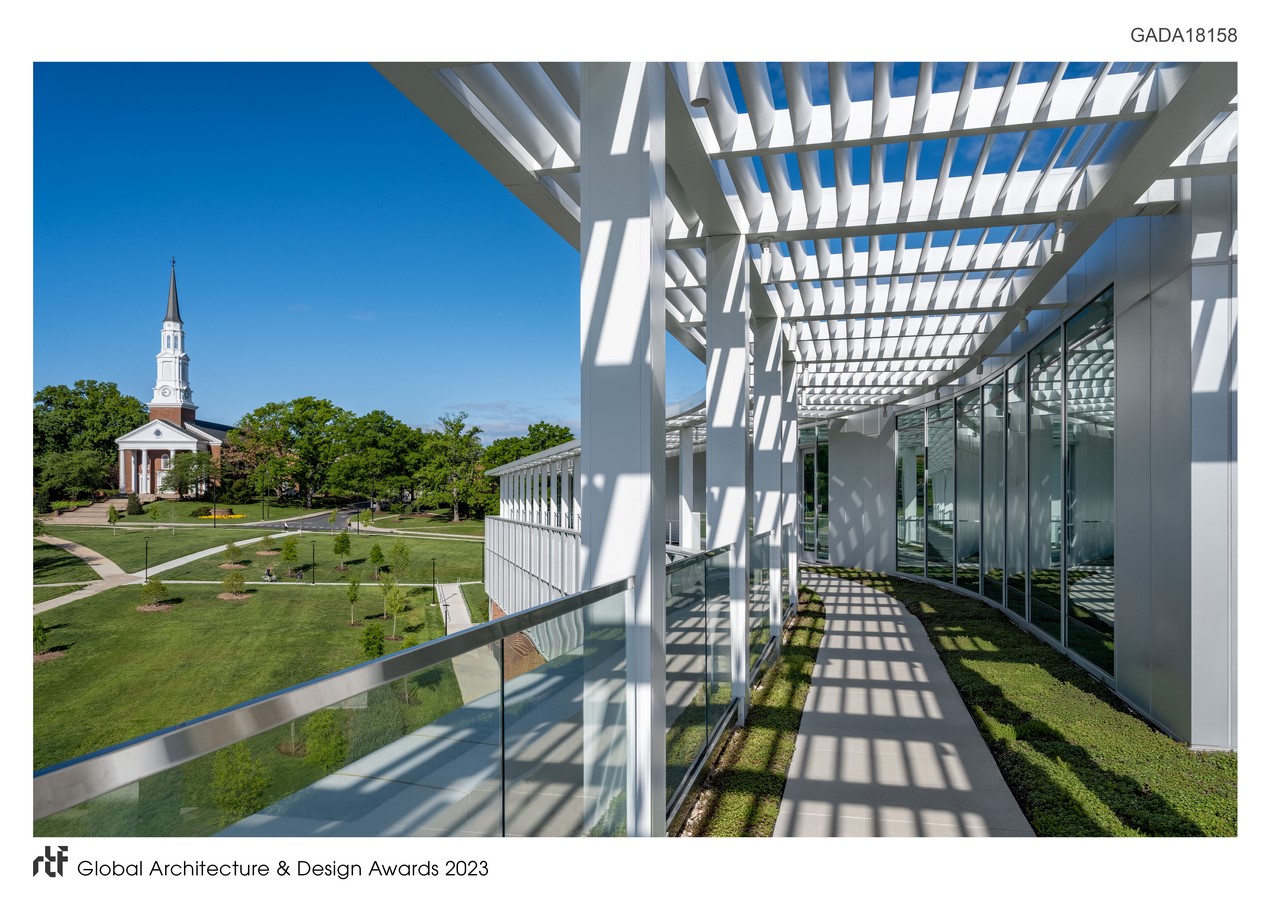
Throughout the second and third level of the exterior, filigreed vertical elements interact with light to create a sense of depth and dimensionality. The façade is delineated into horizontal bands, creating connectivity with the existing datum lines of adjacent buildings as the building traverses the slope of Chapel Field. An extensive solar strategy was achieved through modeling of the sun path throughout the year. Vertical fin depths and shading trellises coincide with the solar cycle, maximizing sunlight, framing unique views and minimizing energy use.
As a building dedicated to democratic thought, visibility and transparency were metaphors necessary to infuse into the design. These ideals became organizing principles from every element of the interior program and exterior expression. We went to great lengths to avoid obstructing views of the Chapel, which is the campus’s most iconic element. A wraparound glazed porch, carefully framed windows, and curated view angles embedded throughout the learning space highlight Memorial Chapel from everywhere in the building.

The jewel piece of the design is the deliberative chamber, an oval-shaped room created for United Nations-style debate. The chamber was formally identified through design as the crowning element of the program, and as such it is placed as a floating element within a transparent glass box at the top of the massing. In this way, it becomes an object of curiosity and inspiration that can gather attention from all sides.
The building’s east side cradles Do Good Plaza, an outdoor event space and multi-modal gateway.
Building and site form a landing area for travelers on the new Purple Line, connecting the school and campus to the world of public policy in Washington D.C.

